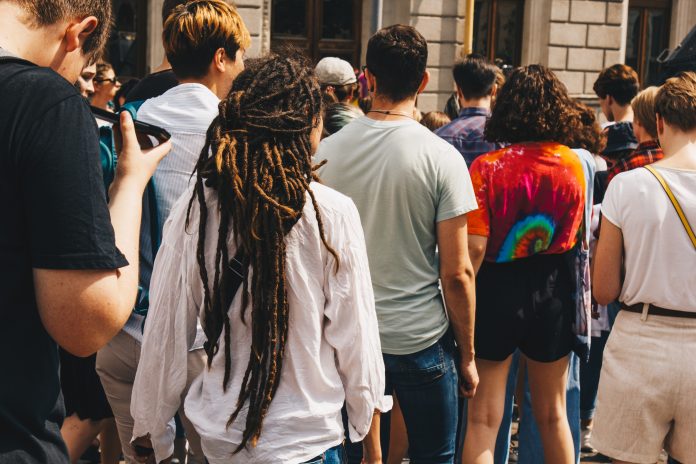According to data from The Trevor Project, one in four LGBTQ youth in the US identify as non-binary – with the majority reporting that they use they/them pronouns
The Trevor Project, a crisis intervention group for LGBTQ youth, further explains what the term means: “‘Non-binary’ is a term used to describe people whose gender identity does not fit within the traditional construction of gender as a binary choice between exclusively male or exclusively female. Although transgender and nonbinary identities can overlap, they are not synonyms that can be used interchangeably.”
Non-binary people have existed for as long as humanity has, but have recently entered a more mainstream level of awareness across the United States. As part of a 2021 investigation into the mental health of the young LGBTQ community, the organisation surveyed 34,759 non-binary people.
In this study, they found that 26% of their sample identified as non-binary, which is approximately one in four people who participated. Then, a further 20% reported they’re currently questioning if they are or aren’t non-binary.
Is being non-binary a white thing?
No.
According to their data, rates of identifying as non-binary were comparable across ethnicities.
The team found that 30% of multiracial youth, 27% of Native/Indigenous youth, 25% of Asian American/Pacific Islander youth, 25% of Black youth, 25% of white youth, and 23% of Latinx youth identified as non-binary via this survey.
In addition, gender as a binary system (male and female only) is a contemporary, Western way of living, as different cultures have their own understandings of gender. Hijras, though suffering extreme levels of discrimination, have occupied a third gender space in South Asian countries for generations. In Samoa, Faʻafafine are people who identify themselves as having a third gender or non-binary role – but again, suffer discrimination while occupying a third gender.
Reflecting on the potential for discrimination to quietly continue over the pandemic, Amnesty International said: “Governments need to look hard at the damage the pandemic has caused to trans people and take immediate action to protect their rights.”
The mental health situation for non-binary youth?
During the COVID-19 lockdown, youth across the US found themselves trapped in stasis – cut off from school, real-world support systems and their personal routines.
For 70% of LGBTQ youth, their mental health was “poor” during the isolated period of the pandemic.
In the stillness, already vulnerable mental health situations worsened – including adolescents fighting eating disorders, and individuals with suicidal ideation. For domestic violence, rates increased as fresh tensions came into existence across the US.
Now, The Trevor Project reveals that 27% of non-binary attempted suicide when “no one” in their lives accepted their gender identity, which is 2.5 times more than non-binary people whose pronouns were respected.
‘There is a need for training’, say LGBTQ youth advocacy group
The Trevor Project feels that educating individuals about non-binary identities can therefore save lives, especially when those individuals have influence over young people and can shape their sense of self.
They further said: “This data supports policies that encourage respect for non-binary youth’s pronouns in settings where youth most often interact, such as schools, medical facilities, and social service organizations. Further, there is a need for training of teachers, coaches, and all adults who work with youth about how to include and affirm non-binary young people.
“Understanding and respecting the pronouns of non-binary youth can be life-saving.”











